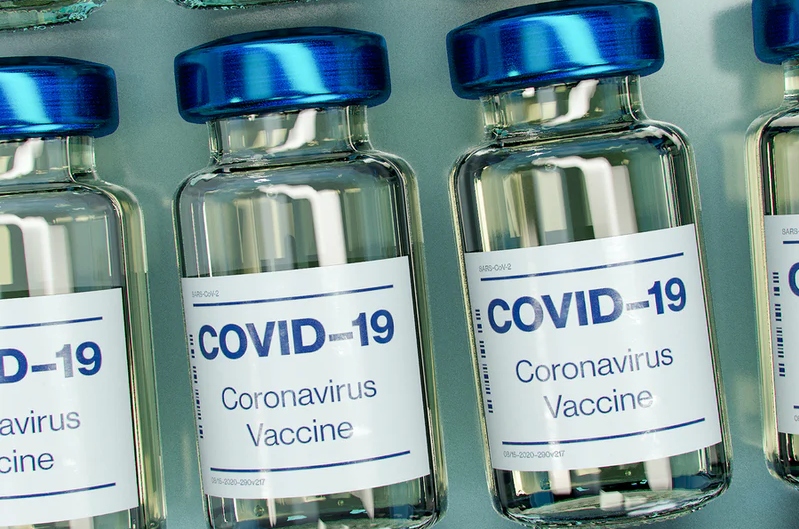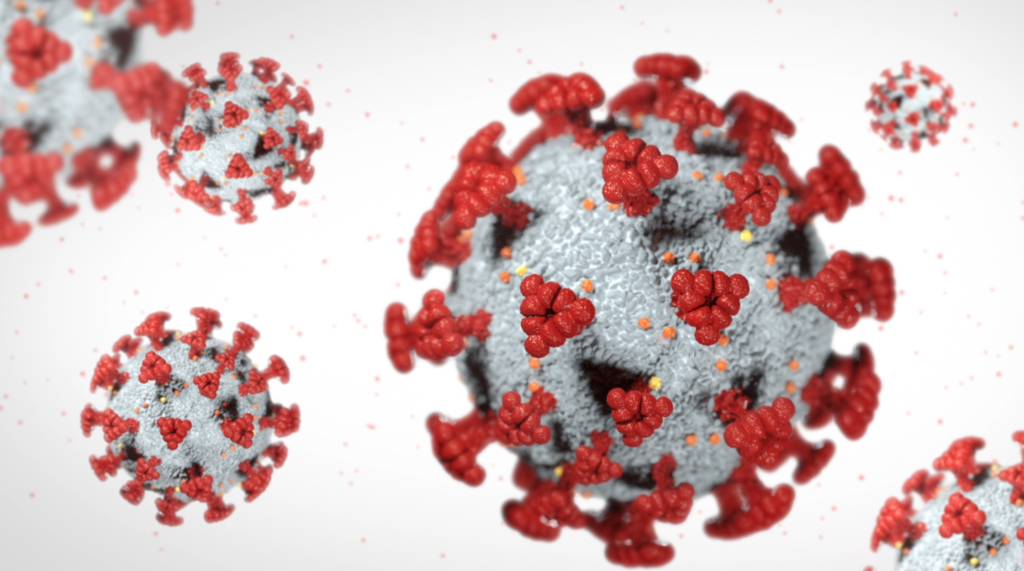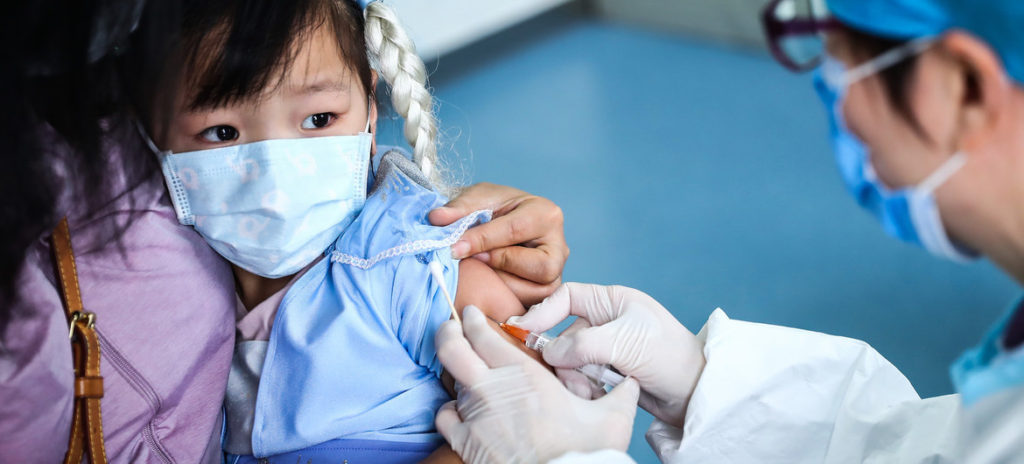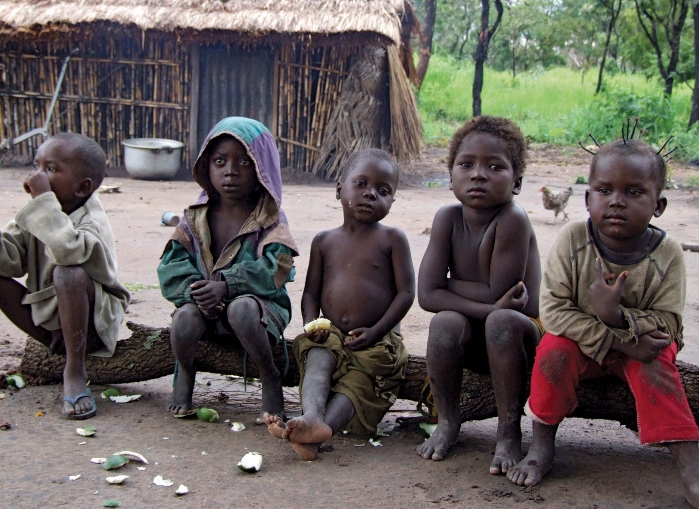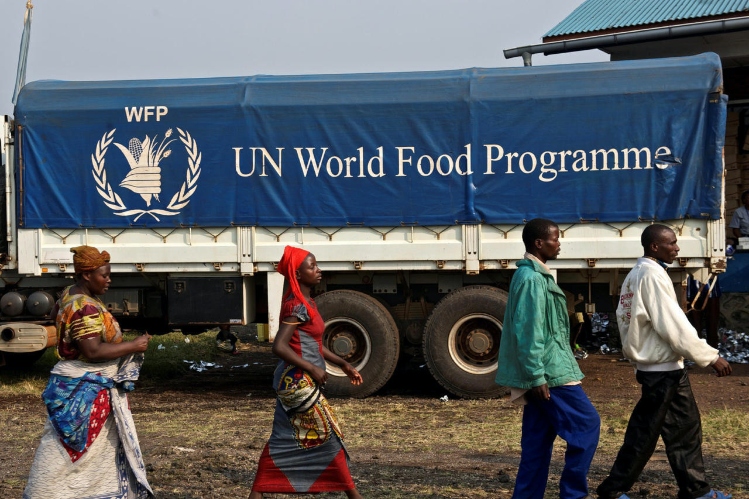UPDATE: Pfizer and Moderna lead drug makers with over 90-per-cent effective vaccines; rich nations rush to buy massive amount of doses and prepare distribution
New York, November 16 – The US drug maker Moderna has joined the team Pfizer-BioNTech to claim that their Covid-19 vaccines have successfully passed trials and are over 90-per-cent effective, leading a pack of some other 50 vaccine candidates in the global race to stop the pandemic that has killed over 1.2 million people and infected 53 million others.
Moderna said its vaccine met the required three-trial phases and is 94.5 per cent effective a week after Pfizer announced its own vaccine. Large pharmaceutical companies in Australia, China, the United Kingdom, India and Russia are also working on their vaccines.
Since Pfizer announced its promising drug on November 11, news reports said the United States has purchased 100 million doses with an option to buy 500 million more dozes, the United Kingdom has bought 40 million doses and the European Union has bought 200 million with an option for another 100 million.
Pfizer’s CEO Albert Bourla has called the vaccine “the greatest medical advance” in the last 100 years while his counterpart at BioNTech, Ugur Sahin, said his company plans to increase the production of up to 1.3 billion doses by the end of 2021 if it has obtained authorization to move forward in order to meet the urgent demands by millions of people around the world.
“We are reaching this critical milestone in our vaccine development program at a time when the world needs it most with infection rates setting new records, hospitals nearing over-capacity and economies struggling to reopen,” Bourla told the US TV network CNBC November 9. “We have already signed contracts with multiple governments in the world and they have placed orders.”
Sahin revealed that BioNTech used a new but not yet approved technology called messenger RNA, or mRNA, to spark an immune response in people who are vaccinated.
BioNTech and Pfizer are asking the US Food and Drug Administration to authorize emergency use of the vaccine.
While news of the promising Pfizer-BioNTech vaccine was announced and a second wave of coronavirus was hitting several European countries and the US, the WHO in Geneva resumed its virtual 73rd World Health Assembly to recognize the dedication and sacrifice of the millions of health and care workers at the forefront of the Covid-19 pandemic. It unanimously designated 2021 as the International Year of Health and Care Workers (YHCW).

The WHO also called for “Open Science,” describing it as a movement aimed at making the scientific process at the time of severe health crises more transparent and inclusive. It called for authoritative scientific information and research to be made freely available, to accelerate research into an effective vaccine against Covid-19, help counter misinformation, and “unlock the full potential of science”.
Tedros Ghebreyesus Adhanom, the WHO chief, in October joined human rights chief Michelle Bachelet and Audrey Azoulay, Director-General of UN Scientific, Cultural and Educational agency (UNESCO) to launch Open Science as a fundamental matter of human rights and called for cutting-edge technologies and discoveries to be available for those who need them most.
News reports said the US government has planned to supply $1.95 billion for production and delivery costs for the first 100 million doses upon authorization by the US Food and Drug Administration (FDA).
US President-elect Joe Biden has pledged to invest $25 billion to manufacture and distribute vaccines.
“It’s important to understand that the end of the battle against Covid-19 is still months away,” Biden said and reminded Americans to wear masks, keep social distancing and maintain measures to protect themselves. “Even if some Americans are vaccinated later this year, it will be many more months before there is widespread vaccination in this country.”

